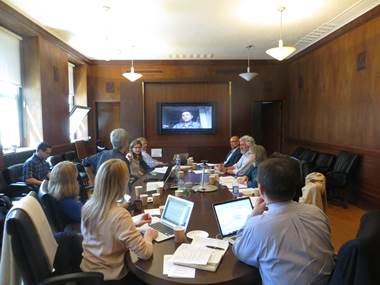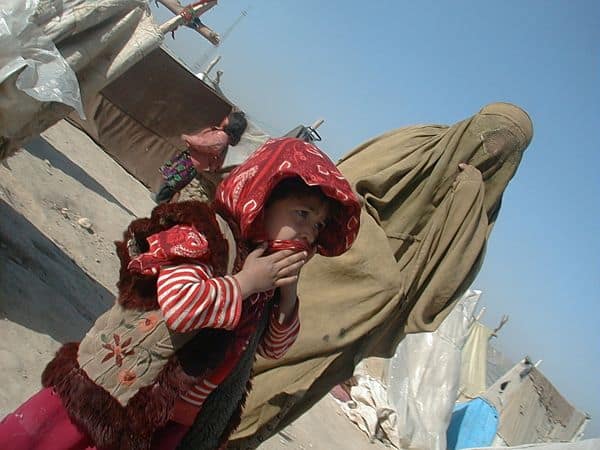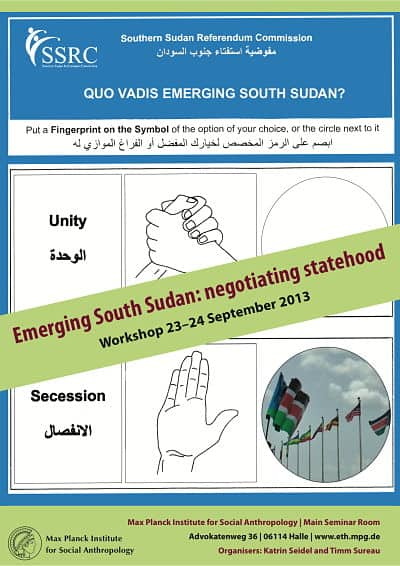On April 30 and May 1, 2015 fourteen anthropologists from seven countries and thirteen universities and research institutions came together on the campus of McGill University to attend a workshop aimed at putting together their contributions to an upcoming edited volume, entitled, “Palaces of Hope: The Anthropology of Global Institutions.” The volume, edited by the Max Planck Institute for Social Anthropology researcher Maria Sapignoli, and McGill University professor Ronald Niezen, is forthcoming from Cambridge University Press. Participants included some a very impressive names including Jane Cowan, Richard Wilson, Sally Merry, Christoph Bruman, to name only a few.
While four participants attended virtually via video conference call, the remaining ten attendees gathered, along with two intrepid research assistants, in a quiet wood paneled seminar room, adorned with a long, oval-shaped table, surrounded by deep-seated rolling leather armchairs. Presently, we provide an overview of the workshop proceedings, the dialogue and debate that came out of that room, the aims of the volume and some broader considerations of the titular palaces of hope.

On those two balmy spring days in Montreal, Quebec, the workshop participants brought together fieldwork experiences and anthropological analyses on diverse research topics within the purview of institutions of global governance, including the World Bank, International Criminal Tribunals and many branches of the United Nations.
Although much of the discursive back-and-forth of the workshop surrounded the ethnographic particularities of the United Nations system, conversation often turned to several reoccurring themes, including the global nature of the institutions in question.
Discussions did not explicitly problematize what constitutes a “global institution”, though the volume lends itself to that concern. This concern is tied to both institutional ethnography in general, and “the global” as a category of conceptual inquiry. With anthropology’s longstanding emphasis on “the local”, it is tempting to question what constitutes an anthropology of the global. Nevertheless, contributions suggested that an anthropology of global institutions necessitates a unique discursive space, independent of an anthropology of the global.
As a word of disclaimer, several of the workshop participants are Allegra contributors, and two volume authors, Julie Billaud and Miia Halme-Tuomisaari are editors. One of this report’s co-authors briefly edited for Allegra as well.
The work of the institutions – which involves an elaborate alchemy of actors including NGOs, Aboriginal government organizations, on the ground aid workers and local bureaucrats – ultimately challenges a strictly international framework. Yet given the diversity of contributions, participants were quick to question what distances these organizations from “international” or “multinational” institutions, and what binds them to one another. Responsibility to an often nebulous international law, and shared vision of a humanity that transcends national boundaries were important, but not exclusive. Time and again, the importance of nationality was emphasized rather than downplayed. Actors’ nationalities control access to and membership in these institutions, as well as the networks of relations within those institutions. National law and local bureaucracies also determine the extent and strength of global institutions’ reach. Workshop participants also emphasized the fact that actors and experts move rapidly in and out of positions of varying degrees of power and authority within these governance institutions. As such, global versus local idioms become further muddled, while allusions to the dichotomy remain rampant in the discourse of the same institutions.
Transcending strictly national or international frameworks, yet remaining clearly dependent on them, institutions of “global” governance therefore occupy a unique epistemic space that is neither entirely global nor post-international.
For the most part, contributions to the volume were characterised as institutional ethnographies, albeit institutions rooted in a shared, if not unanimous, notion of the global. Most of the institutions in question were identified as knowledge-producing bodies: both produced by, and productive of, “facts”. Within this context, certain fields of knowledge production emerged as dominant, characterising what would be deemed “the clash of expertise,” where quantitative research typically trumps qualitative, where the discourses and practices of law and especially economics hold sway over those of “softer” social sciences. The “fiction of the non-political” also became a fecund topic of discussion. As institutions of global governance such as the World Bank or the World Heritage Centre converge local and global scales (fostering a need for deeper reflection on the regimes of visibility present in the relationships between the centre and periphery, politics and expertise), they often refuse responsibility for the political, social or environmental consequences of projects deemed to be strictly economic or developmental.

The methodological question of how anthropologists can attend to the ethnographic specificity of these institutions while acknowledging the partly global, partly international nature of their inner workings also remained relevant throughout the workshop. The “informal space of diplomacy” thus was a topic of discussions that surrounded ethnographic methodology in the relatively novel field site of global institutions. A methodological advantage of working with global institutions is their seeming boundedness – their clearly demarcated interiority and exteriority. Yet discussion indicated that the anthropology of global institutions necessitates an extension of ethnographic boundaries; for example, to the streets of Manhattan, as members of the Security Council travelled between renovated office buildings and communal lunch spaces at the UN’s New York headquarters.
Yet the question of access remains unresolved, even as “the ethnographer by appointment” becomes an increasingly common character in the field.
Who will do this anthropology of global institutions? If the workshop is any indication, the access required for such work is beyond what can be expected of graduate students. Access, or lack thereof, frequently stemmed from internships or other positions in said institutions, resulting in privileged relationships conducive to future research projects. Moreover, what is the best way to approach research within these massive Palaces of Hope – should the anthropologist put into practice collaborative research endeavors, and what do these look like? Or is the scope of such projects within the grasp of the discipline’s traditional emphasis on the figure of the lone ethnographer, producer of single-author papers and monographs?

The provocation and poesis of the volume’s title was also considered, and contested. The volume’s title remains a nod to the ultimately utopian conviction of the institutions’ actors: in spite of the difficulty of access to these organizations for various actors; regardless of the challenges of becoming an expert in the workings of various UN fora; and even with the likelihood – or, even, in the case of the WTO, the tendency – toward failure. Yet for what sort of hope are these palaces built? Do they serve as monuments to hope? As palaces, whose utopic beauty and grandeur is to be strived for? Or are they military garrisons, acting as outposts for hope’s expansion, or protectors of hope under siege?
Lastly, the format of the meeting also deserves attention. It was something between a conference and a workshop, with most contributions complete in draft form, and some nearly finalized. Contributions will be revised in accordance with feedback and, ideally, to reference one another. This sort of “slow food” publishing stands in contrast to a recent glut of conference-to-publication volumes, which often lack the necessary time or space for the nonproductive labor and in-depth collaboration that has characterised the best knowledge production practices of anthropology’s past and present. As a somewhat experimental format, it remains to be seen the extent to which the workshop’s two days of dialogue, and the energy and cost required to make it happen, will bolster the finalized volume.
As indicated above, an anthropology of global institutions is not the same as an anthropology of the global. The nation-state and national identity remain persistent categories of identification and organization in global institutions, even amidst purportedly post-national, transnational, or simply “global” structures.
The contributions to this volume demonstrate that global institutions set themselves apart as neither wholly international nor completely global: they are simultaneously global and international, bounded and boundless, utopic, but at times prone to failure.
Given the importance and proliferation of these institutions, this volume provides a space for future inquiry in greater detail, and demonstrates both why they deserve attention and how to study them ethnographically. As for what sort of anthropology is an anthropology of the global, we may be well-served to look elsewhere. Concerning what sort of anthropology is an anthropology of global institutions, this volume will offer a strong contribution.
This post was first published on 26 August 2015.




